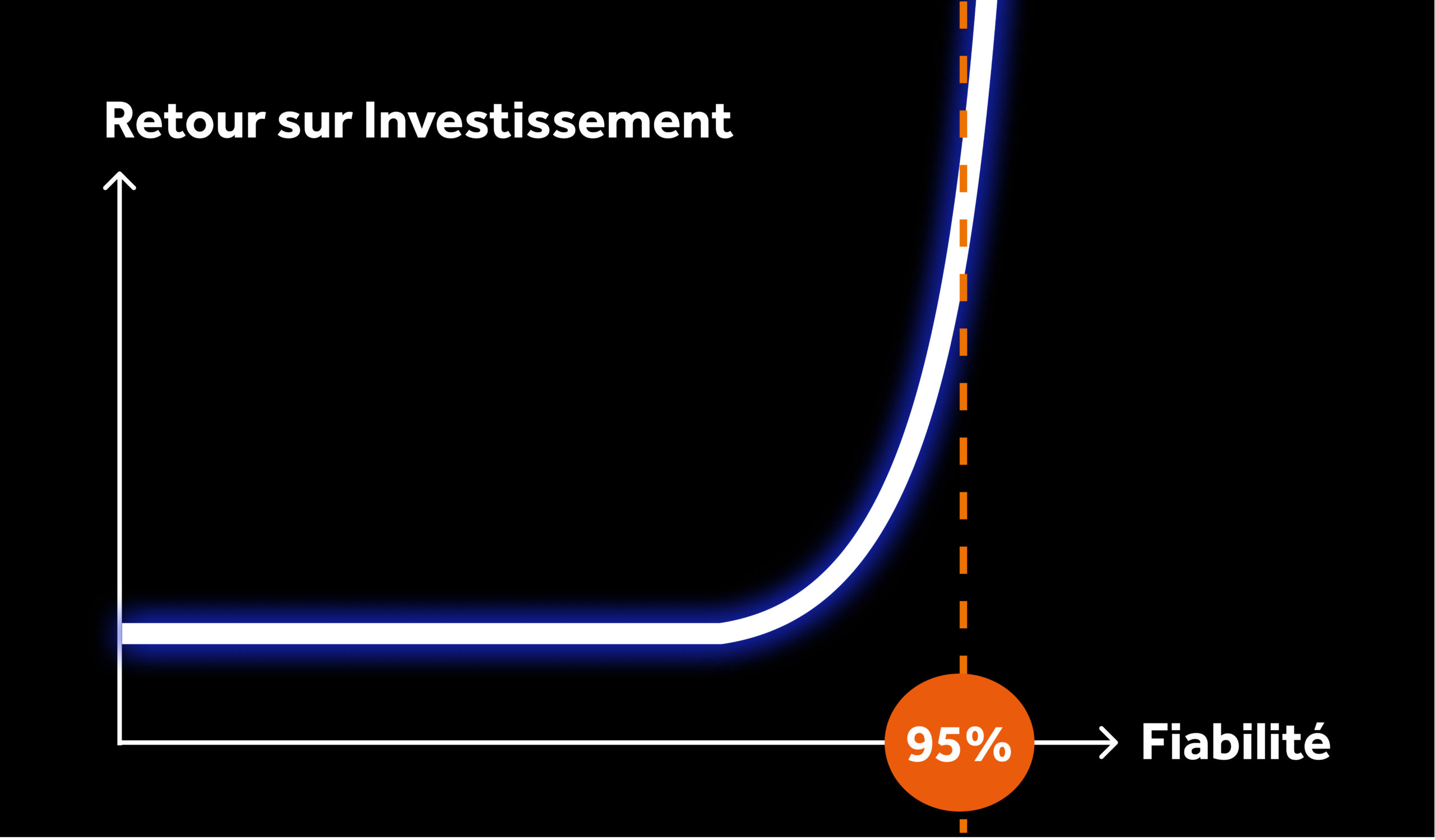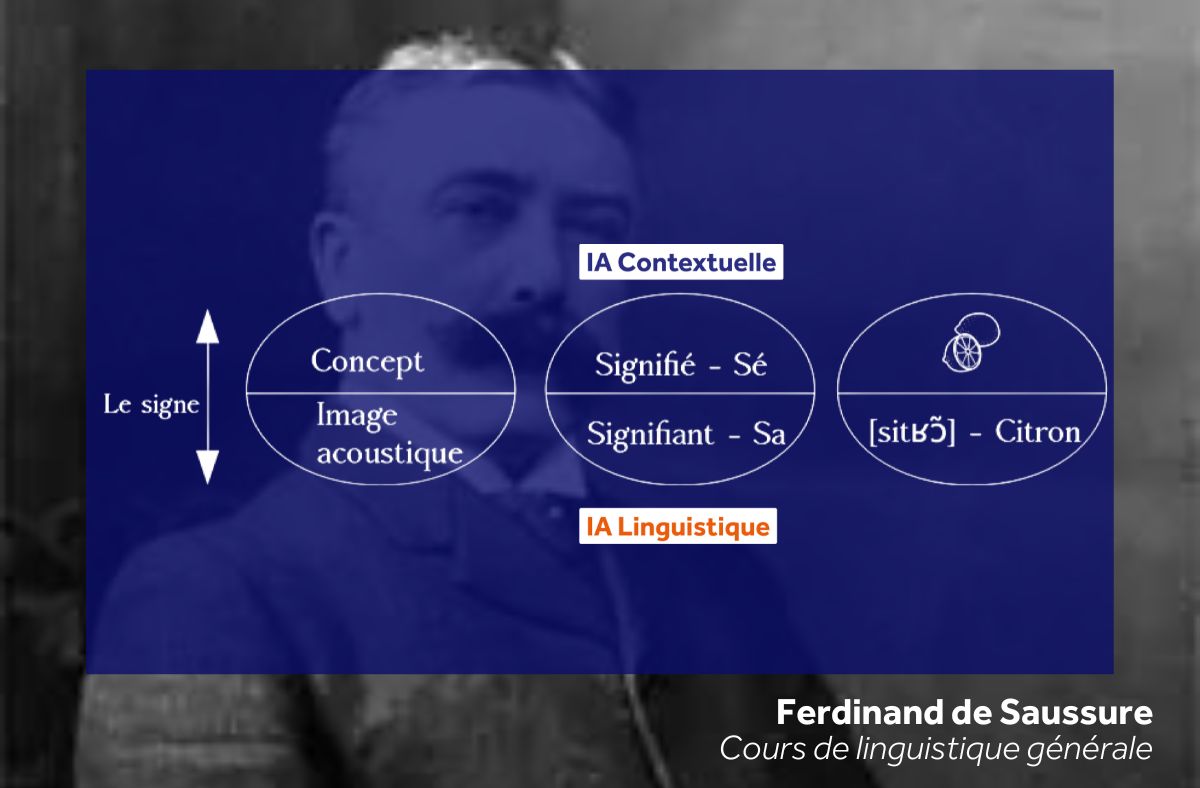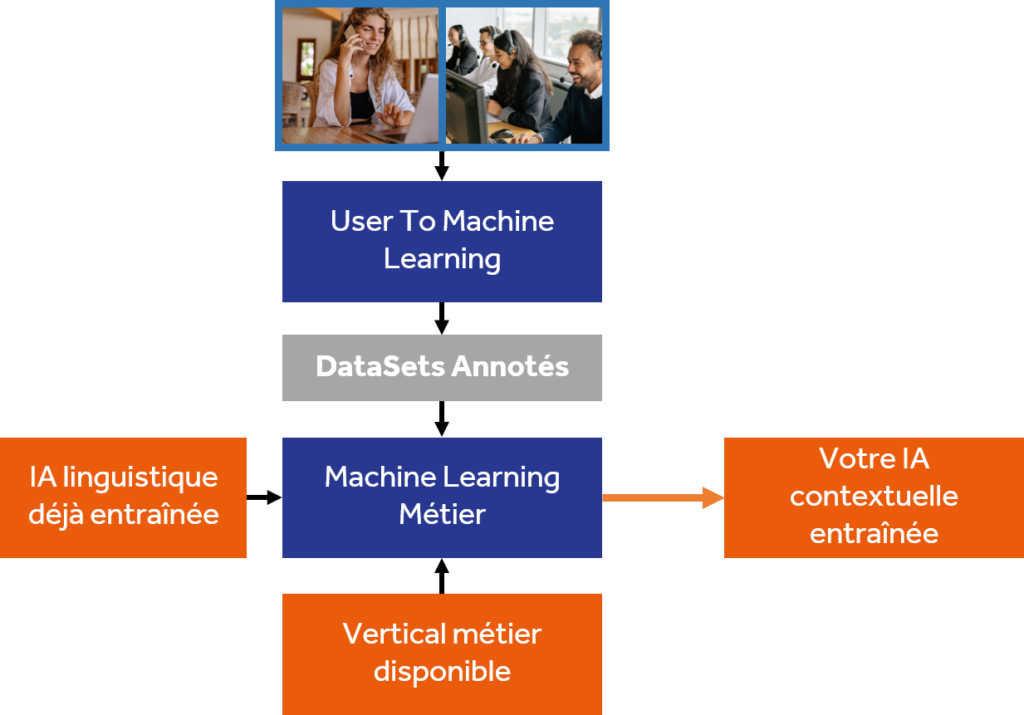The entire OWI project is based on a groundbreaking discovery: a unique language modeling approach that allows for the seamless connection of all signs (words) just as humans naturally do. This enables the extraction of all information contained within a message.
This discovery, developed between 1992 and 2013, brings an unparalleled level of precision and reliability compared to current approaches.
When it comes to automatically analyzing emails or providing telephone assistance, this precision and reliability are not just advantages; they fundamentally change what can be automated, thus impacting ROI and enhancing the quality of the customer experience.


Interestingly, almost all approaches to natural language processing, including GPT, have overlooked a fundamental principle of linguistics (Ferdinand de Saussure): the understanding of language involves two distinct steps:
The future of human language processing necessarily lies in AI that closely resembles how humans process language. This means utilizing two artificial intelligences that collaborate with each other:

For the first AI, the linguistic one, the work is already done using an LLM approach. It is trained on large volumes of data for each language, including the use of Transformer algorithms, similar to GPT. As a result, it performs immediately well for each new client and use case.
The second AI, the domain-specific one, requires specific training for each sector and each company:
This fast learning capability and low data volume requirement ensure very short projects (maximum 1 to 2 months) at a low cost. Additionally, this provides each OWI client company with:
Our R&D teams are also dedicated to supporting our clients’ innovation efforts:
"Semantic Extractors," or SEMEX, for completing appointment requests, retrieving customer numbers, etc.
"Revocalization," or SPELLING, to overcome the difficulties of the best Speech To Text solutions in transcribing identifiers (since these identifiers are not common words).
"Attachment Analysis," using the best OCR technologies, for emails and chatbots.
"Advisor Assistance," meaning the integration into their workstation of response models, relevant links to handle the request, XLS files prepared with all useful information already extracted from different systems, etc.
"Quality Control," with automatic checks to avoid the biases inherent in any Machine Learning.
"Detailed Analysis" for a message, a conversation, providing necessary explanations and justifications for each result produced by our AI.
French software publisher, a leader in AI-enhanced omnichannel customer experience.
OWI provides the most reliable and user-friendly AI on the market with a contractual reliability of 95%.
Deployed in SaaS or OnPremise mode, our solution enhances the customer experience with proven ROIs ranging from 30 to 200%.